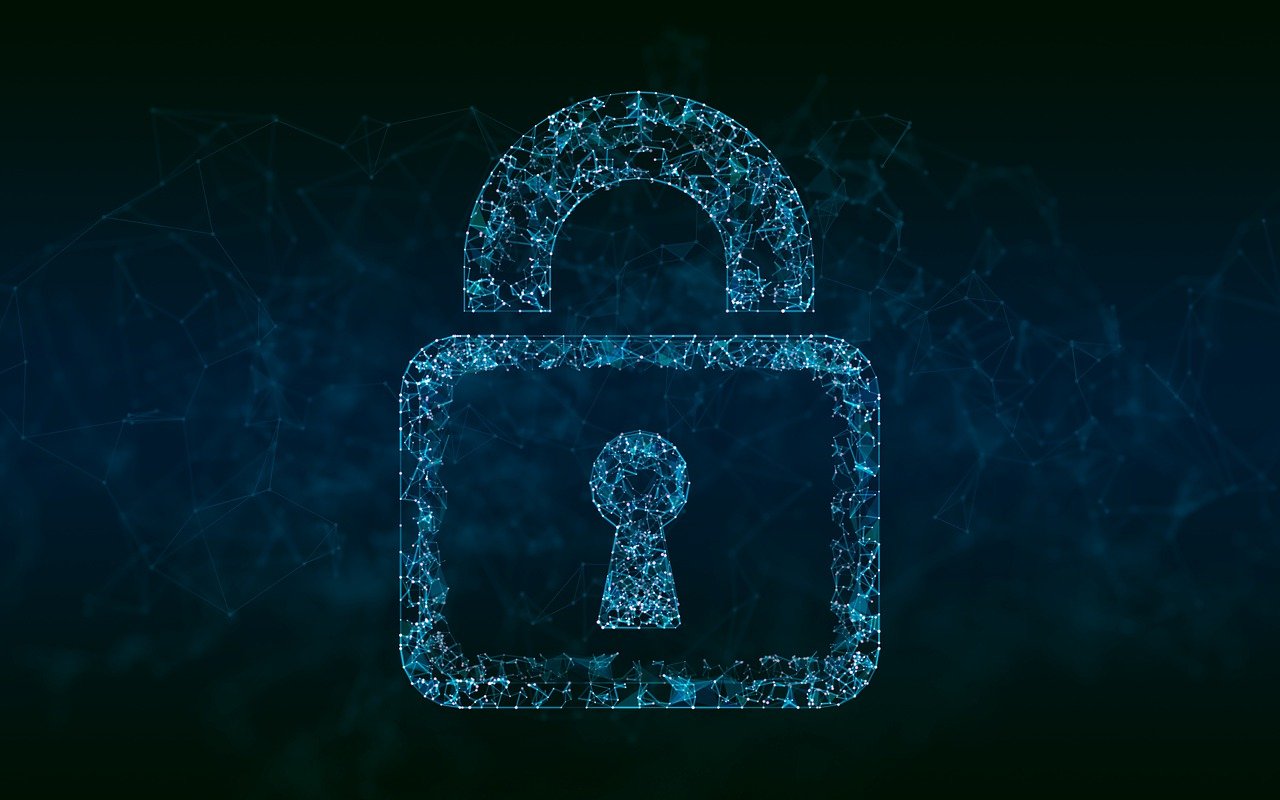· 4 min read
What is IoT Connectivity | Definition and Meaning
IoT Connectivity refers to the methods and technologies enabling devices within the Internet of Things ecosystem to communicate and exchange data, crucial for automated and interconnected systems.

What is IoT Connectivity?
IoT Connectivity refers to the various methods and technologies that enable devices within the Internet of Things (IoT) ecosystem to communicate with each other and exchange data. At its core, IoT connectivity is the digital glue that binds together millions of devices and sensors, allowing them to share information and perform cooperative tasks.
In a world increasingly defined by automation and interconnectivity, understanding IoT connectivity is critical. As we navigate through this interconnected landscape, the seamless communication between devices translates into more efficient systems, smarter cities, and enhanced quality of life.
The Role of IoT Connectivity
The essence of IoT connectivity lies in its ability to support various applications across different sectors. Whether it’s smart home devices coordinating seamlessly over a home network, or industrial machines transmitting data back to the cloud for analysis, connectivity solutions are at the heart of IoT.
Key Terminology
IoT Device Connectivity: This term encompasses the specific ways in which individual devices connect and communicate within an IoT network. It highlights the different protocols and technologies that enable devices to interact.
IoT Connectivity Technologies: Various technologies form the backbone of IoT connectivity. This includes protocols such as MQTT, CoAP, and various cellular technologies (like LTE or 5G), each designed to optimize specific use cases and environments.
Connectivity in IoT: This concept emphasizes the importance of reliable and secure communication channels within IoT networks. Without robust connectivity, data loss and communication failures can occur, undermining the effectiveness of IoT applications.
Connectivity Technology: Beyond just IoT, connectivity technology encompasses all methods that allow electronic devices to connect. This includes both wired (like Ethernet) and wireless (like Wi-Fi and Bluetooth) solutions.
IoT Connectivity Options: A plethora of options exist when it comes to establishing communication among IoT devices. These options vary in speed, range, energy consumption, and suitability for specific applications, allowing developers to choose the best fit for their projects.
Internet of Things Connectivity: This phrase encompasses the overarching concept of connectivity specific to the IoT paradigm, highlighting the unique challenges and solutions that arise from connecting myriad devices over the internet.
What Type of Connections are Used for IoT?: Connections can be classified based on their technology (cellular, Wi-Fi, LPWAN, etc.) and use case (home automation, industrial IoT, health monitoring, etc.). The choice of connection type directly impacts performance, cost, and reliability.
The Importance of IoT Connectivity
The function of IoT connectivity extends beyond mere communication. It plays a pivotal role in data collection, analysis, and decision-making processes. Accurate and timely data from connected devices can lead to significant improvements in efficiency, sustainability, and user experience.
In smart cities, for instance, interconnected sensors monitor traffic patterns, air quality, and energy usage. This data can be analyzed to optimize city services, reduce waste, and enhance public safety. The potential applications are nearly unlimited.
Challenges in IoT Connectivity
Despite its advantages, IoT connectivity does face several challenges. Security is a foremost concern, as more devices connect to the internet, the potential for vulnerabilities and attacks rises. Ensuring data privacy and integrity is paramount.
Another challenge is scalability. As the number of connected devices grows, the infrastructure must evolve to handle increased data traffic and device management. Solutions must not only connect devices but also efficiently manage them to maintain system performance.
IoT connectivity serves as the foundation upon which the Internet of Things operates. It encompasses a range of technologies and options that facilitate device communication, data transfer, and ultimately, smarter systems. Understanding the nuances of connectivity in IoT is crucial for leveraging the full potential of connected devices.
As we advance towards an increasingly interconnected future, continuous innovation in connectivity solutions will enable smarter cities, efficient industrial systems, and enhanced consumer products. By comprehensively addressing the challenges associated with IoT connectivity, we can unlock the true promise of the Internet of Things.

